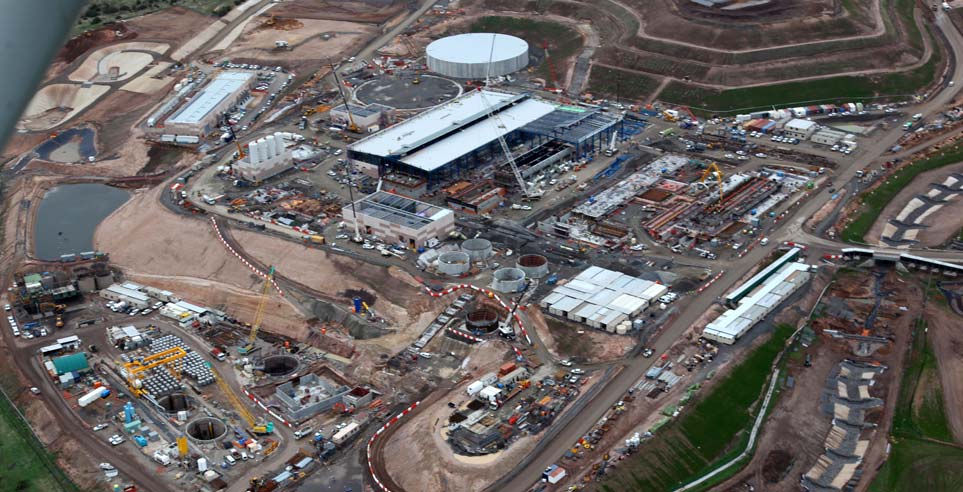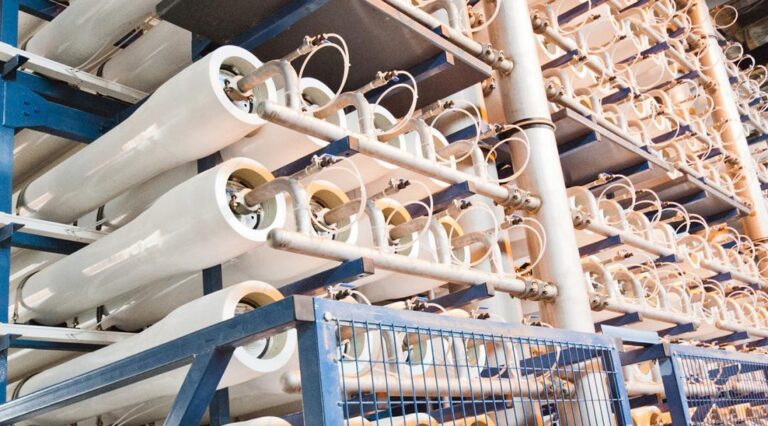Location: Adelaide, Australia
Sector: Industrial, Manufacturing and Resources
Services: Integrated Project Controls, Planning & Scheduling, Claims Management & Dispute Resolution
Value: AUD 2 billion
Year(s): 2008 – 2013
Engagement: SA Water
The Adelaide Desalination Project (ADP) was a critical project in helping to “drought proof” metropolitan Adelaide in South Australia. It is capable of supplying 300 million litres of water each day (100GL a year), approximately half of Adelaide’s water needs, through converting seawater into drinking water.
The facility has the added benefit of reducing the volume of water diverted from the Murray River over 50 kilometres away, which in turn provides ecological benefits to the river, surrounding lands and flora and fauna.
The main contract was let to a Joint Venture, the Adelaide Aqua (AA) consortium, which comprised Abigroup, McConnell Dowell and Acciona Agua.
The plant technology is based on reverse osmosis which is performed within two massive treatment halls. The treatment technology provides world class energy efficiency.
The plant also required the construction of undersea inlet and outlet tunnels, a pumping station, 9-kilometre transfer pipeline to a nearby water storage facility and significant power supply upgrades in the nearby area.
The ADP was awarded the PMI Project of the Year (Australia) for Excellence in Project Management, PMI Professional Awards Project of the Year (International), as well as the International IPMA Gold Winner prize in Project Excellence for Mega Projects in 2013.

After the work was sourced by our company founder, the client (SA Water) sought assistance in relation to time and cost control, before the project all went to sea.
Assistance was sought through the main tender process, management of ancillary works, through delivery an onto operations.
The engagement was rolling in nature, but fundamentally demanded a comprehensive knowledge of the status of the project and associated reporting, facilitating the proactive management of the works and management of any claims in a timely manner to avoid wastely blow-outs.

After successfully completing the original engagement of analysing and recommending a main contractor, a range of report templates and analytical tools were developed during the construction and commissioning phase. Their purpose was to clearly identify, articulate and communicate progress on the project and report to all levels of the project team and the Steering Committee.
Through developing tools to analyse resource requirements, monthly spend rates, Earned Value, volume of works and productivity rates, historic trends and forecasts were identified. These, in addition to thorough programme reviews, consistently enabled risks and opportunities to be proactively identified and flagged to the project team for consideration and action as appropriate.
Such confidence was developed within the project team, that a second team of 5 resources was injected into the Contractor’s team to facilitate it understanding and co-ordinating the required scope.
Stay up to date with news and our latest ventures

Stay up to date with news and our latest ventures
